This week, I’m so excited to join 25+ other bloggers from Kid Blogger Network as we post our Top 10 Ways to keep kids learning while school’s out! Please click HERE to see all the topics or follow along on our School’s Out Pinterest Board.
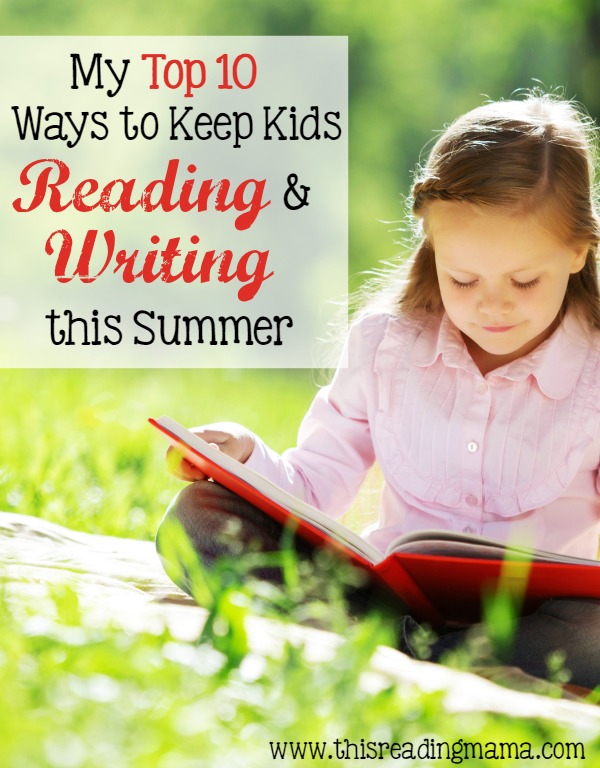
A few years ago {in my “former life” as a classroom teacher}, I was shocked to read one research article stating if kids don’t review the things they’ve learned over the school year, they can lose up to 60% of what they’ve learned. WOW…60%. I don’t know about you, but I’ve worked WAY.TOO.HARD. to let any of that 60% sneak in my home! 🙂
So this summer, while we’re taking a “break” from schooling every day, I want to make sure that we review the things we’ve learned in fun ways. Here are my TOP 10 WAYS to Keep Kids Reading and Writing This Summer {in random order}:
1. Make It a Game
Last summer, I created this Sight Word Guess Who? that we used to review our sight words in the summer. I don’t know about your kids, but my kids love to learn through games. Keep them simple, like this reading road game. Be silly. Keep them moving. Throw some board games into the mix. Ask your kids to create their own games or adapt ones you come up with.
2. Just Play
For example, as we were shooting basketball together outside not too long ago, I challenged ALuv {just finished 1st grade} to a game of FIND {instead of PIG or HORSE}. He was having a bit of trouble remembering find, so we integrated it into playing. Some kids can smell learning from 100 miles away and are turned off. Try integrating it as naturally as you can.
I hoard love educational toys. Learning Resources and Melissa & Doug are two of my favorite online shops to buy them. I like to pull out various toys and manipulatives to go with letters we’re learning and will still do so in the summertime. While we’re playing with toys, sometimes I’ll add text to the play. And toys always have to be cleaned up. Why not ask your preschooler to pick up all the toys that start with the /b/ sound while you ask your 1st grader to pick up the toy spelled t-r-u-c-k?
3. Practice the Art of Strewing
Strewing is just a fancy term for leaving something out so you’re kids will notice it more {very loose definition}. Place books and writing utensils around the house and watch your kids gravitate towards them. Places I suggest for strewing: the bathroom, the coffee table, their bedroom, the kitchen table, or in the playroom. Create a writer’s toolbox and pull it out on those particularly hot days. Simply place paper and pencil in the playroom to “take orders” or “write” down those pretend telephone numbers. You can even strategically create a writing “center” in a special spot in the house. Set up a simple fort with a bed sheet. Place books and flashlights inside. Let the fun begin. 🙂
4. Create a Reading Plan
A summer reading plan is not a new idea. But there are many ways you can do it. Try these ideas on for size:
- Summer Reading Calendars from This Reading Mama {free download}
- Summer Reading Bucket List from No Time for Flashcards
- Summer Reading Challenge from The Measured Mom
- Summer Reading Log from 123 Homeschool 4 Me
- Summer Reading Bookworms from Chicken Babies
- Join a Summer Book Club from The Educators’ Spin on It
- For a list of Summer Reading Programs, check out To the Moon and Back’s list
5. Use Technology to Your Advantage
There are TONS of shows, websites, and iPad apps at our fingertips these days. Use them to your advantage while school’s out! We love PBS {on TV and the web}. PBS’ website actually has all their games categorized. On the iPad, we have many learning apps. Feel free to look through my iPad Pinterest board for ideas as well as check out the two apps I’ve been privileged to help write and develop, Short Vowel Word Study App and Long Vowel Word Study App.
- Short Vowel Word Study
6. Read and Write for Authentic Purposes
Read everything. The cereal box. A recipe. A road sign. Directions to a card game. Read to each other. Got a birthday coming up? Write a card. Someone sick? Write a card. Need to tell someone thank you? Write a letter. See a pattern? 🙂 Challenge your child to keep a journal of his favorite summer memories. You can even create your own authentic writing environment by setting up a pen pal system.
7. Read and Write about Things that Interest Your Child
Even the most reluctant readers and writers perk up a bit when we speak their language…the language of their prior knowledge. When we’re passionate about something, we tend to stick with it much longer than if we’re disinterested. Kids aren’t any different. Are they drawn to a particular genre {historical fiction, non-fiction, memoirs, etc.}? Are they strong in one or more of the content areas? Find books that fuel their passion. Read to them A LOT {we’ll be reading Life of Fred this summer…I can’t wait!}. Let kids explore the books themselves. Ask them to journal about the “wow” moments in their learning.
8. Take the Learning Outside
Make and take a portable writing center outside with your child. Record the things you hear, see, smell, and feel. Create a poem or story about it. Even if you only have sidewalk, use that sidewalk chalk and review letters or words. You can also bring the outside inside. Bring in rocks, ladybugs, fireflies, etc. to observe with a magnifying glass and write about them. Find books to read that correlate with the things you bring in or that garden you planted. And for goodness sake, if you live near the beach, have fun writing in that sand! 🙂
9. Use Fun Writing Prompts
Writing prompts don’t have to be dry and boring. They can be rather fun if used in moderation. Sometimes people use writing prompts as their writing program. I suggest use them as a part of your writing.
Feel free to download my free June, July, and August writing prompts {designed for ages K+}.
10. Sing, Sing, Sing
It’s amazing the connection music has with literacy. Songs are pretty much poems put to a tune and beat. Read books that you can sing. Write songs together. Use a well-known tune {such as Twinkle, Twinkle} and challenge your child to write new words to that tune about his favorite subject or about the ice cream he’s eating. Sing the songs together. Write your own. Make it silly. Make it fun. Once songs have been written down, keep them in a notebook or journal to re-read and laugh over again and again.
Sunday ~ This Reading Mama | The Educators’ Spin on It | Kitchen Counter Chronicle | Rainbows within Reach | Monday ~ Train Up a Child Learn as We Go | Housing a Forest | Royal Baloo | Living Montessori Now | Tuesday ~ Toddler Approved | Play Trains! | 3 Dinosaurs | Wednesday ~ The Outlaw Mom | Teach Beside Me | Hands On as We Grow | iGame Mom | Thursday ~ JDaniel 4’s Mom | All Done Monkey | Fantastic Fun & Learning | KC Edventures | Playing with Words 365 | Friday ~ Teach Mama | The Usual Mayhem | Nature and Play | True Aim Education | Saturday ~ Creative World of Varya | Craftoart | My Buddies and I
Stay connected to This Reading Mama so you don’t miss a thing:
~Becky
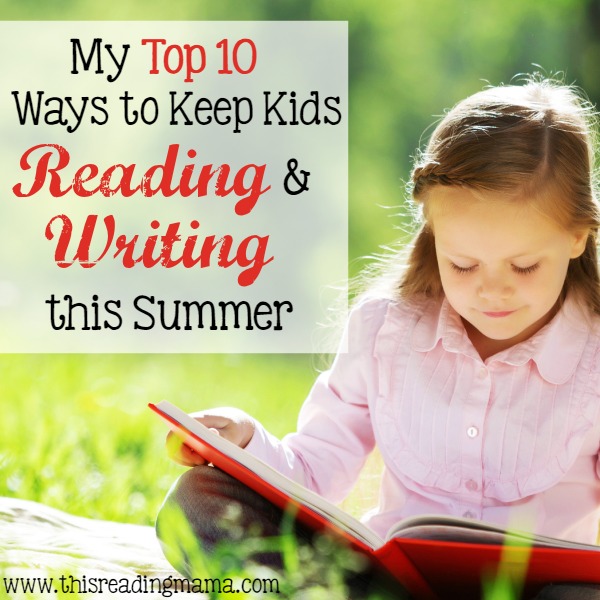
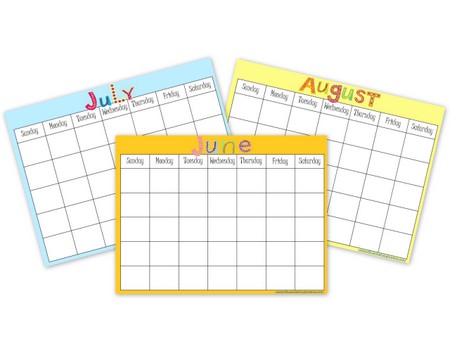
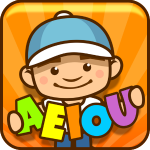
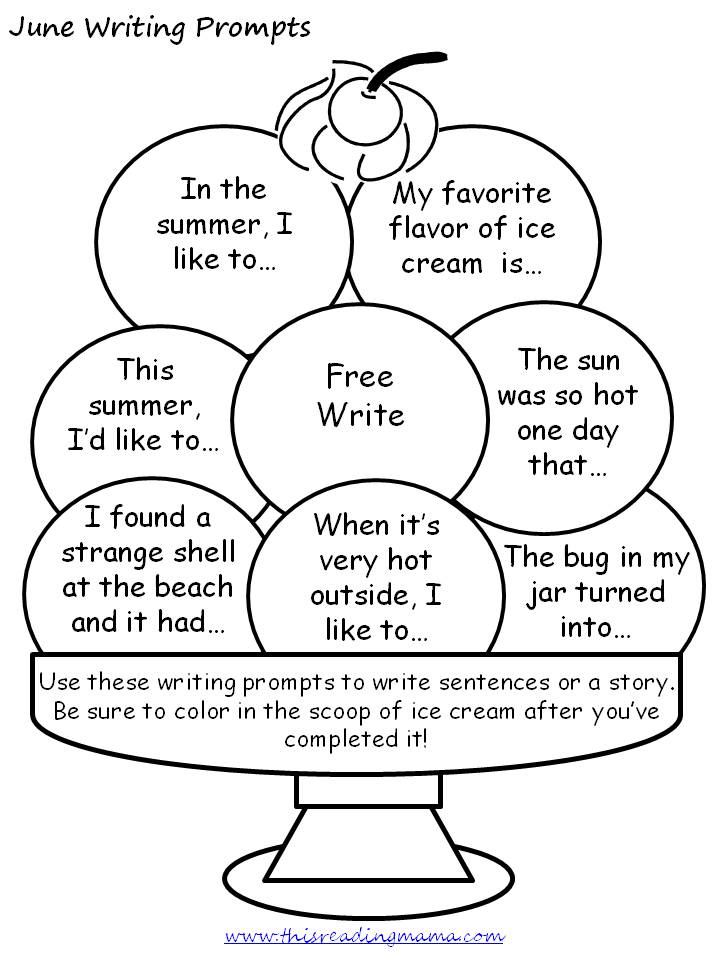

Thanks for all the ideas, Becky! My sidekick has worked hard on his reading skills this year and I don’t intend to let any of that learning leech back out 🙂
These are so great! I am going to try some of your ideas!
Love the ideas. I have some summer reading charts as well! But was to late to get that to you!
Cassie, send them and I’ll put them in. 🙂
These are great tips!! We love “writing” our own songs – never thought to write down our creations though!
Thanks for sharing my bookworm reading chart idea! Another thing I’ve found helpful for encouraging writing is giving the kids their own “seal” and sealing wax. The kids love writing letters to each other, having me seal it, and then deliver the official looking letters. It’s a fun way to keep kids writing.
What a cute idea! 🙂
Our oldest daughter is starting K this year. We have always read books at night before bed but now I would like to be more intentional about choosing the books we read. Do you have a list of books that you think are important for K students to be reading, or their parents reading to them? Thank you!